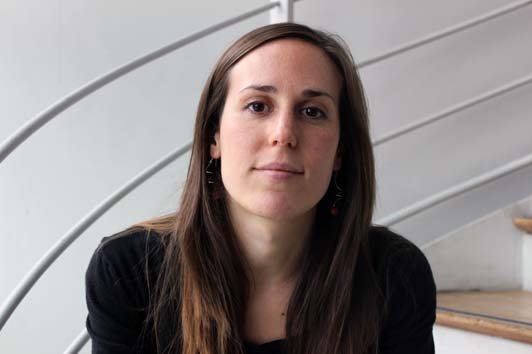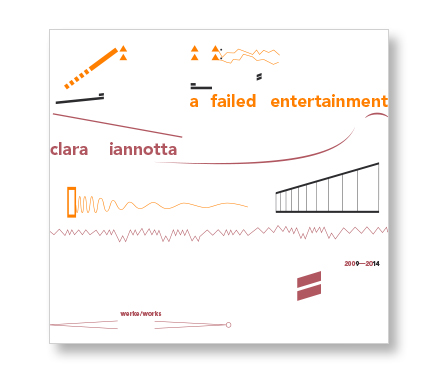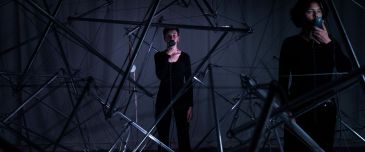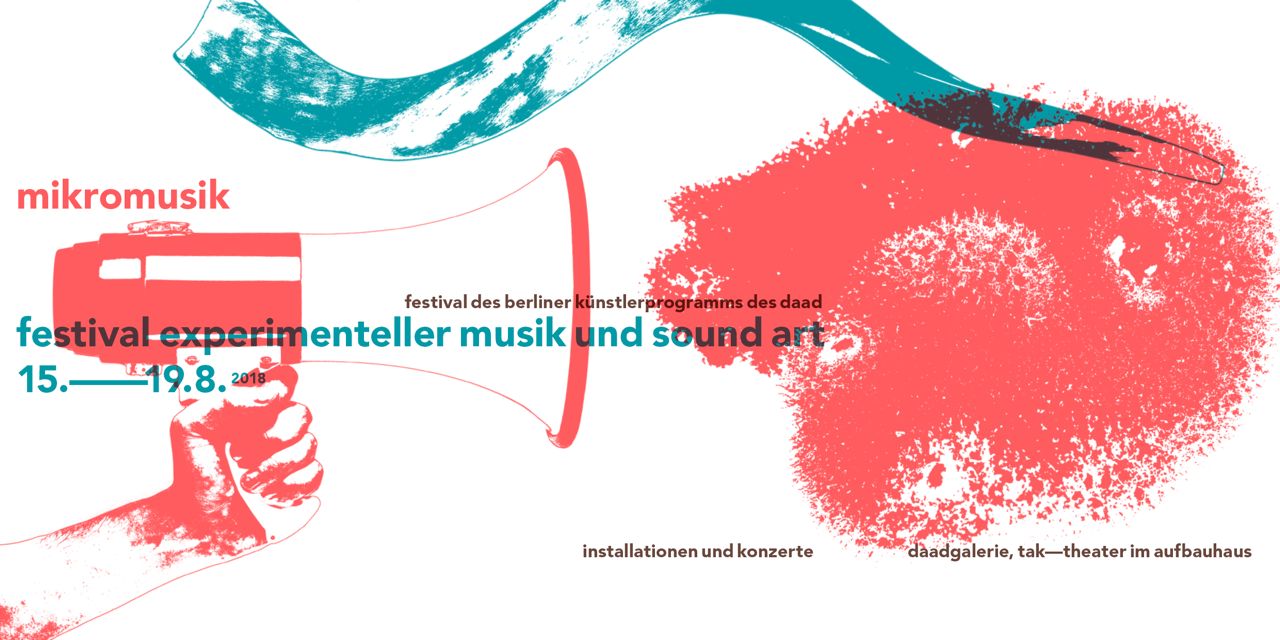Italy, Music, 2013
Clara
Iannotta

Initally, Clara Iannotta had to be talked into composing. She was born 1983 in Rome, and her musical career began there at the Conservatorio Santa Cecilia, where she studied flute until, at the urging one of her teachers, she began to study composition: “… my entire childhood, I was working toward becoming a flutist. Then my harmony teacher more or less forced me to study composition, which I did starting in 2003.
It took a year for me to realize that composing is the art for which I’m most suited”. And all along, it has been personal encounters above all – with Alessandro Sobiati in Milan, with Yan Maresz at IRCAM, with Franck Bedrossian and Steven Takasugi – that have proven to benefit her development as a composer.
Since 2007 Iannotta has been compiling a body of work; to her, each new composition is always also a field of experimentation for refining her own musical language. Al di là del bianco for bass clarinet and string trio (2009), Il Colore dell’ombra for piano trio (2010), Limun for violin, viola and two page-turners (2011), Aphones for 17 musicians (2011), Clangs for celli and 15 musicians (2012), Glockengießerei for cello and electronics (2012), D’Après for seven musicians (2012) – the titles of her works are in no way signposts to orient the ear, even if they might appear so at times. If anything, they demarcate particular stages in life or the circumstances in which the compositions were created. But all of Ianotta’s compositions share perhaps a certain “theatricality”. Theatricality in the sense of the physicality of the sound, its inner dynamism, its energized states, its instrumental genesis from silence. Sound is not seen as detached from the gesture that produces it, and the staging is viewed in the context of each different instrumental configuration. So her scores are full of meticulous instructions, starting with how to prepare the instruments; how objects such as knitting needles, music boxes, adhesive tape, and many other objects are to be used in extending the sound; all the way up to a detailed account of how to wield the violin bow. The scores operate like choreographies, according to which the instrumentalists literally shape and animate the sounds in the performances.
Clara Iannotta lets herself be inspired by special aural impressions – by the sounds of bells and their complex sound spectrums, by observed and imagined sound phenomena. She assesses these with a microscopically fine-tuned ear, in the process discovering infinitely fine gradations within them; she finds amazingly complex and precise ways of notating them in her scores and, with her compositional skill, projects these processes into a format accessible for the ear – and really, for the eye. Meanwhile she has left behind the dichotomy of tone and noise, of electroacoustic and acoustic. Instead, she surprises us with hybrid sound phenomena. If one does not see exactly what instrumental activity is producing the sound worlds she creates, the ear alone is lost.
Text: Barbara Barthelmes
Past
-

A Failed Entertainment
Clara Iannotta2016, CD

Recordings 2009-2014.
I am particularly interested in music as an existential, physical experience — music should be seen as well as heard. This is one of the reasons why I sometimes prefer to talk about the choreography of the sound rather than about orchestration.
(Clara Iannotta)Order: info@edition-rz.de




